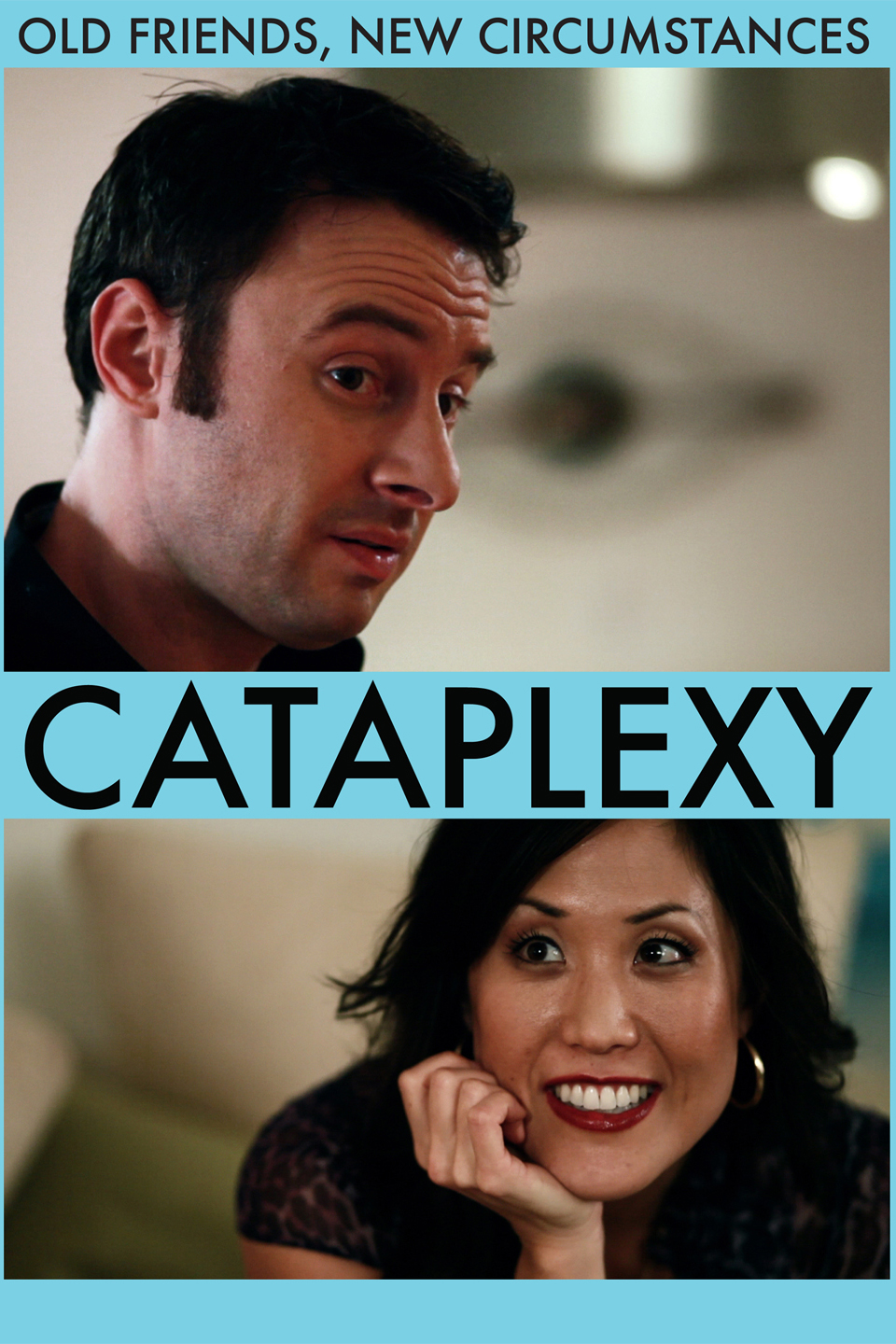
While cataplexy and catatonia can present with similar symptoms, they are two very different conditions. Rarely, other medical conditions including stroke, multiple sclerosis, antidepressant withdrawal, and genetic disorders can also be associated with symptoms of cataplexy. Likewise, not all patients who suffer from cataplexy symptoms are diagnosed with narcolepsy. Not all people with narcolepsy have cataplexy symptoms. Other symptoms include sleep paralysis, visual hallucinations, and of course, cataplexy.Ĭataplexy is the specific symptom defined by an involuntary loss of muscle control due to an emotional stimulus. There are many symptoms associated with narcolepsy the most common symptom is excessive daytime sleepiness. Narcolepsy is a disorder caused by an inappropriate sleep-wake cycle that causes people to experience excessive sleepiness during the day and disturbed sleep at night.

However, these terms are not interchangeable. They are both related to a disturbance in the sleep-wake cycle. Cataplexy and Other Conditions Cataplexy vs NarcolepsyĬataplexy is most often seen in patients who are diagnosed with narcolepsy. Without specific diagnostic criteria for cataplexy, it can be challenging to diagnose patients with this condition. Mean sleep latency ≤8 minutes on multiple sleep latency testing (MSLT) with ≥2 sleep-onset REM-sleep periods (SOREMPs).REM sleep latency ≤15 minutes on nocturnal polysomnography (PSG.Their diagnostic criteria for narcolepsy includes:Įxcessive daytime sleepiness in association with any one of the following: Instead, the DSM-5 lists cataplexy as one of the criteria for diagnosing narcolepsy. There are no diagnostic criteria provided for cataplexy alone. Testing: What are the Diagnostic Criteria Per the DSM 5? It is currently unclear what triggers this immune response. It is thought that it is caused by an autoimmune disorder in which the patient’s own immune system attacks the neurons that produce hypocretin. Researchers have spent a lot of time trying to determine what causes these lower levels of hypocretin in some individuals. When serotonin, norepinephrine, and dopamine, levels are reduced, this paralysis can occur more readily during daytime hours. In addition to promoting wakefulness, they also suppress the systems in the body that cause paralysis during REM sleep. It does this by increasing the production and release of other neurotransmitters that promote focus and alertness, including serotonin, norepinephrine, and dopamine. Hypocretin is a neurotransmitter that stimulates attentiveness during the daytime. What Causes Cataplexy?Ĭataplexy is related to a reduced amount of a neurotransmitter called hypocretin in the brain. Of those people with narcolepsy, an estimated 8 in 10 children and 3 in 10 adults have cataplexy. While it is not known how many people suffer from cataplexy, narcolepsy is thought to affect as many as 200,000 people in the United States. Stats: How Many Suffer from this Disorder?Ĭataplexy occurs in some children and adults with narcolepsy, and more rarely can be associated with other disorders. These episodes can last a few seconds to several minutes, but the person remains awake during the episode and experiences an instant recovery when the episode resolves.
#Treating cataplexy full#
Others have full body weakness or paralysis that causes them to collapse. Some people experience partial paralysis of their face, causing their eyelids to droop or their mouth to hang open. It is most often related to a positive, strong emotional response such as excitement or laughter, however, it can be associated with other powerful emotions like anger or stress.Ĭataplexy affects people to different degrees. Cataplexy: What Does It Mean?Ĭataplexy is a partial or generalized loss of muscle tone or control that is triggered by emotion. While cataplexy can have a large impact on a person’s life, there are resources and treatments available to help those struggling to manage their illness. Those who suffer from cataplexy can feel isolated as they tend to withdraw from emotionally charged situations in order to manage their symptoms.


What Should I be Looking for in an LMHP?.Look out for These Complications/Risk Factors.Testing: What are the Diagnostic Criteria Per the DSM 5?.Stats: How Many Suffer from this Disorder?.


 0 kommentar(er)
0 kommentar(er)
